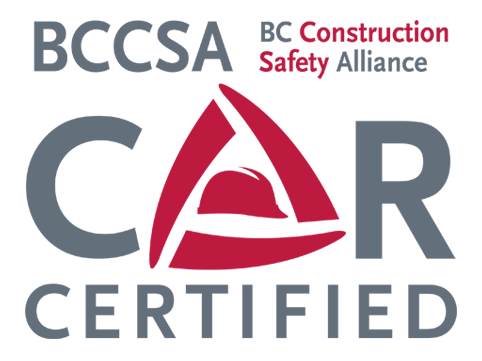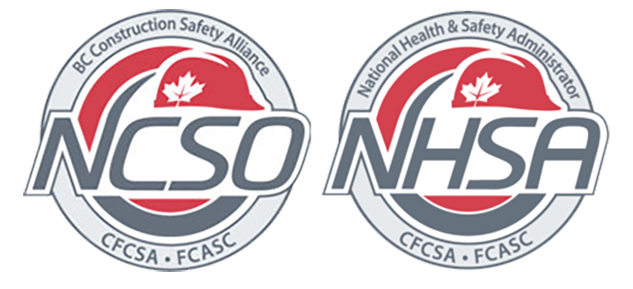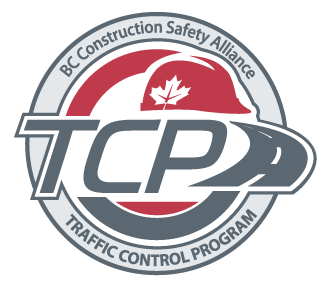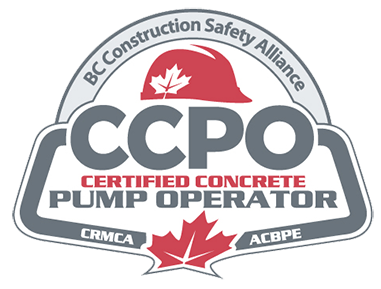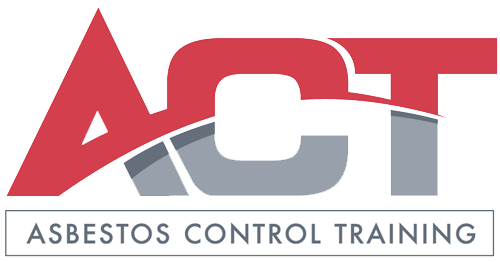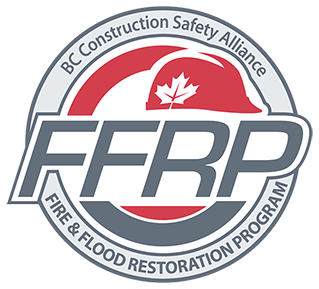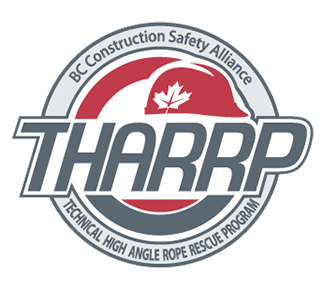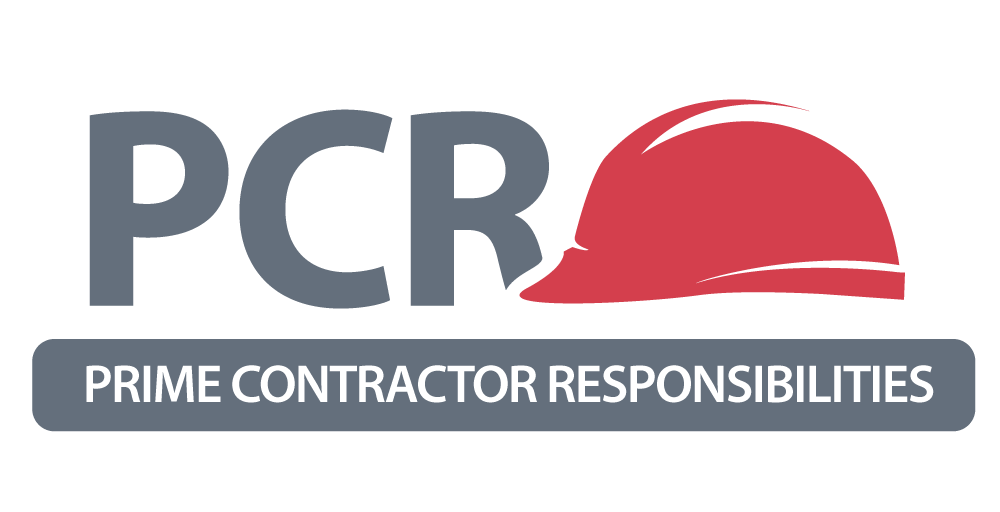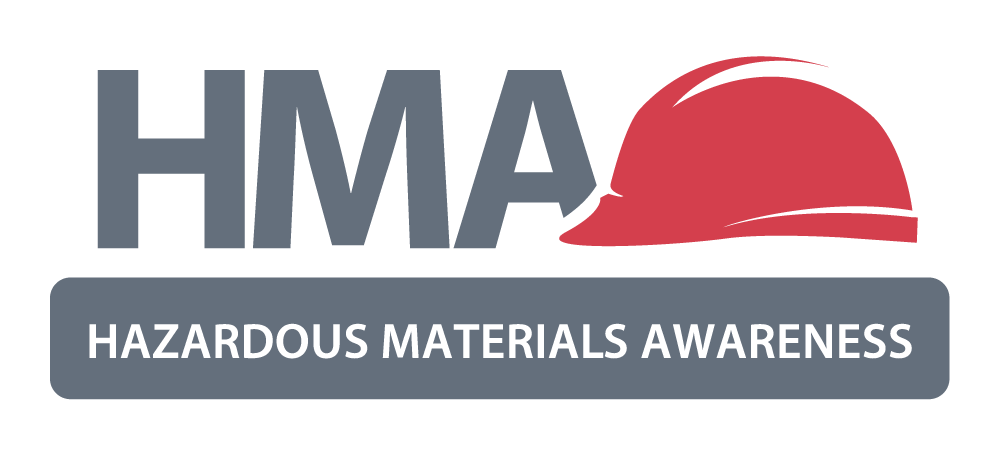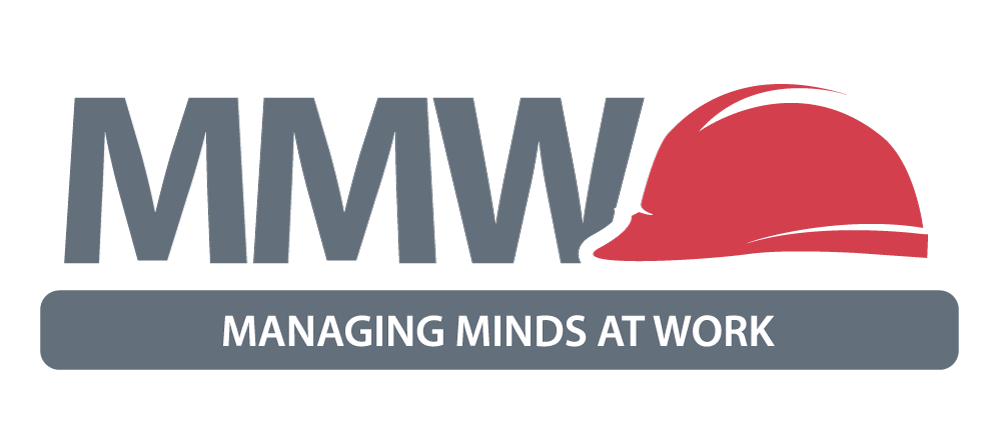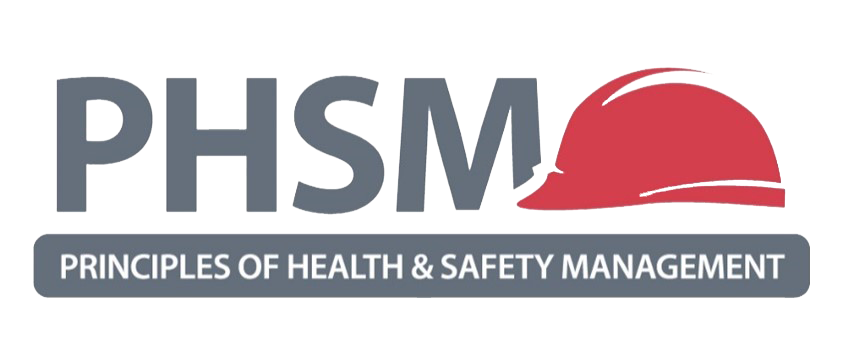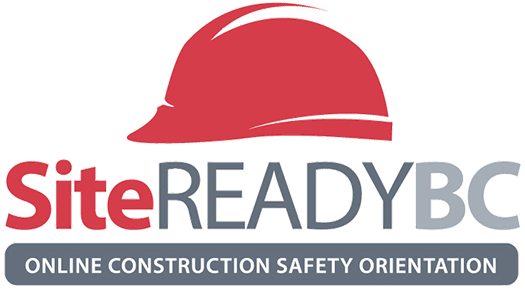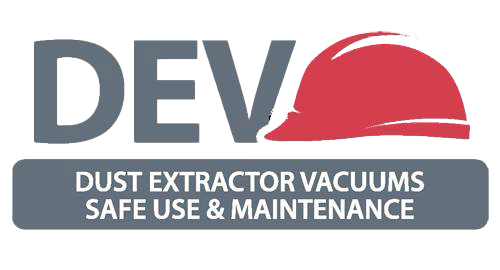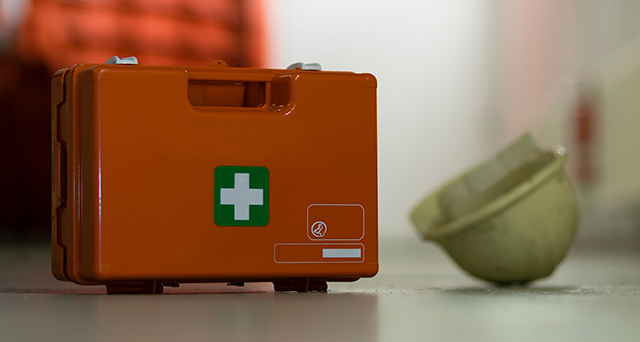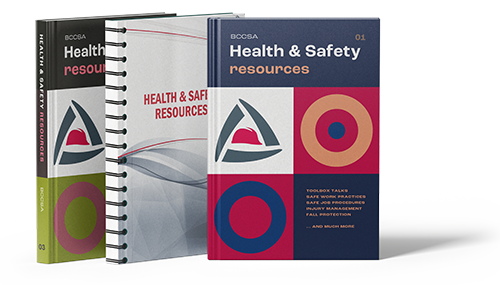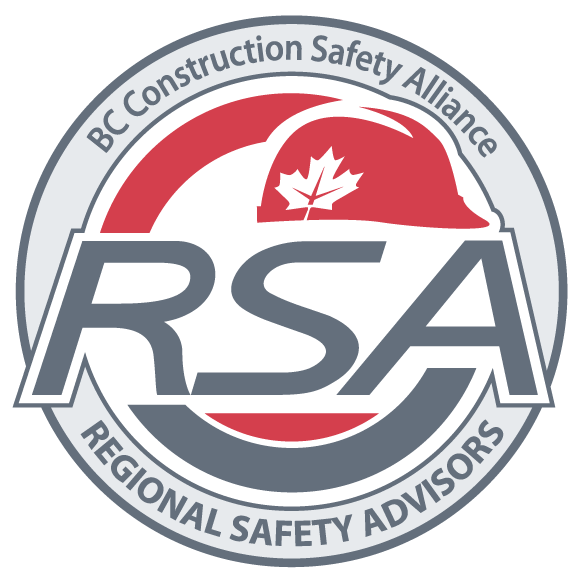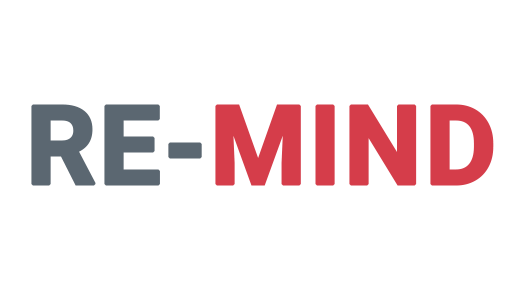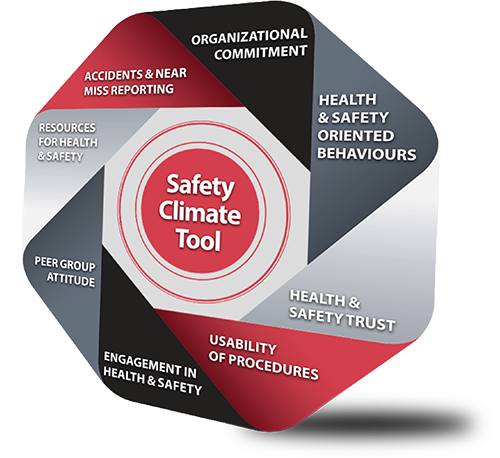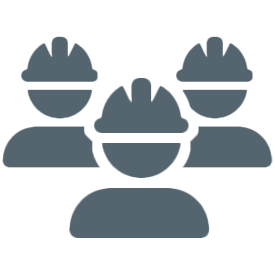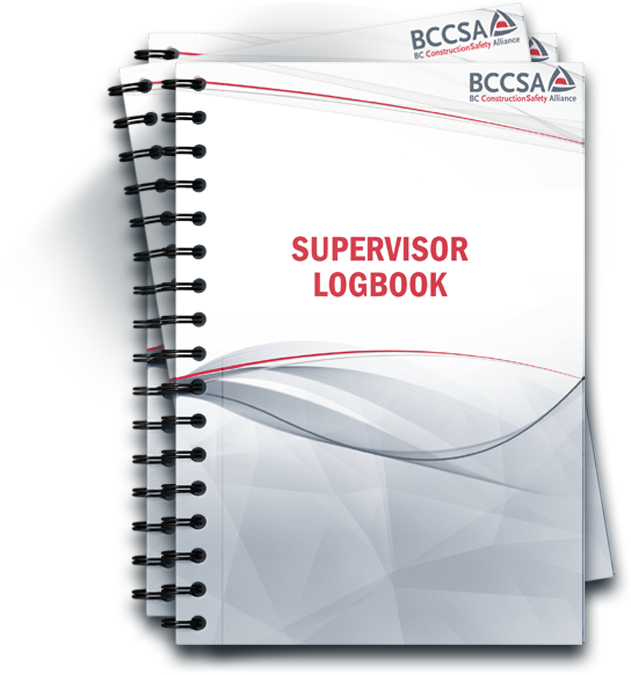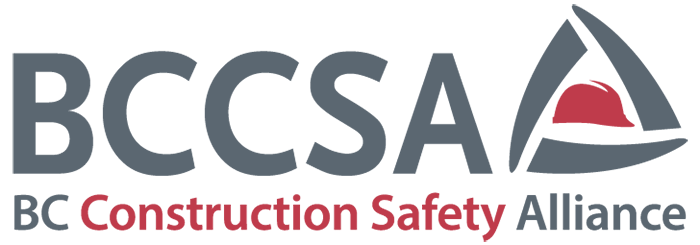OHS Glossary
| Term |
|---|
|
A Toolbox Talk is an informal safety meeting that focuses on safety topics related to the specific job, such as workplace hazards and safe work practices. Meetings are normally short in duration and are generally conducted at the job site prior to the commencement of a job or work shift. |
|
RCS dust is airborne crystalline silica dust that is respirable to those in close proximity to the source. |
|
The OHSR contains legal requirements that must be met by all workplaces under the inspectional jurisdiction of WorkSafeBC under the authority of the Workers Compensation Act. |
|
ECPs are written documents that describe a company’s plan for managing a health hazard in the workplace. |
|
PPE is protective gear designed to reduce or eliminate potential injuries to a worker. |
|
JHA's are the start-of-shift review of the work and associated safeguards. |
|
A Health & Safety Manual is a comprehensive document designed to establish and communicate an employer's safety protocols, policies, and procedures. It serves as an important resource to ensure the well-being of workers, the prevention of accidents, and compliance with OHS regulations on jobsites. |
|
An Occupational Health and Safety Management System (OHSMS) is a comprehensive framework that helps employers manage and continuously improve their occupational health and safety practices. |
|
Three (3) years or 6000 hours of construction field experience within the previous ten (10) years. |
|
OHS encompasses safe work practices and measures aimed at ensuring the well-being, safety, and health of jobsite workers. OHS focuses on identifying, assessing, and controlling risks and hazards associated with various job tasks and environments to protect employees from injuries, illnesses, and accidents while on the job. |
|
A DEV's primary function is to effectively capture and remove dust and airborne particles from the environment. |
|
Separation and engineering controls are engineered equipment and methods that are installed in the workplace to reduce the risk presented by the hazard. |
|
RPE is a protective device that covers the worker’s nose and mouth or the entire face and head to keep airborne contaminants out of the worker’s respiratory system and provide a safe air supply. |
|
Every employer registered with WorkSafeBC is assigned a 6 digit CU number based on their main business undertaking. |
|
Required for large employers (20 or more employees), a JHSC is a collaborative group consisting of both employee and management representatives. |
|
Required for employers with more than 9 but fewer than 20 employees, a Worker Health & Safety Representative plays an important role in promoting and safeguarding the well-being of employees. |
|
Administrative controls are the safe job procedures and practices used to control the risks. |
|
Task Safety Analysis is a tool to evaluate how the work will be performed along with the hazards, risks, safeguards, training and emergency procedures associated with the task. |
TRANSFER & CANCELLATION POLICY
Transfer/Cancellation
To transfer or cancel a registration, you must send a written confirmation to training@bccsa.ca If written notification is not received within the stated time frame, the full course fee will be charged.
- In Person: Contact the training department 7 full days in advance to cancel an in-person course.
- VILT (Zoom): Contact the training department 14 full days in advance to cancel a VILT course
The BCCSA and its venue partners reserve the right to cancel any courses due to insufficient enrollment or other causes. In this case, you will be notified by the BCCSA through phone call or email at least 5 business days prior to the course.
Website Login
Please sign in with your BCCSA account:
Reset Your Password
Please enter your e-mail address below. A password reset code will be e-mailed to you, which you'll use when creating a new password for your account.
AI Disclaimer
The BCCSA AI Assistant provides general guidance and information based on available data. It is not a substitute for professional, legal, or safety advice.
While we aim for accuracy, AI can make mistakes. Responses may not always reflect the latest information, rules & regulations, industry best practices, or site-specific conditions. Always verify critical information with official sources or a qualified expert before making decisions.
By using this AI assistant, you acknowledge that BCCSA is not responsible for any errors, omissions, or misinterpretations resulting from reliance on AI-generated responses.

